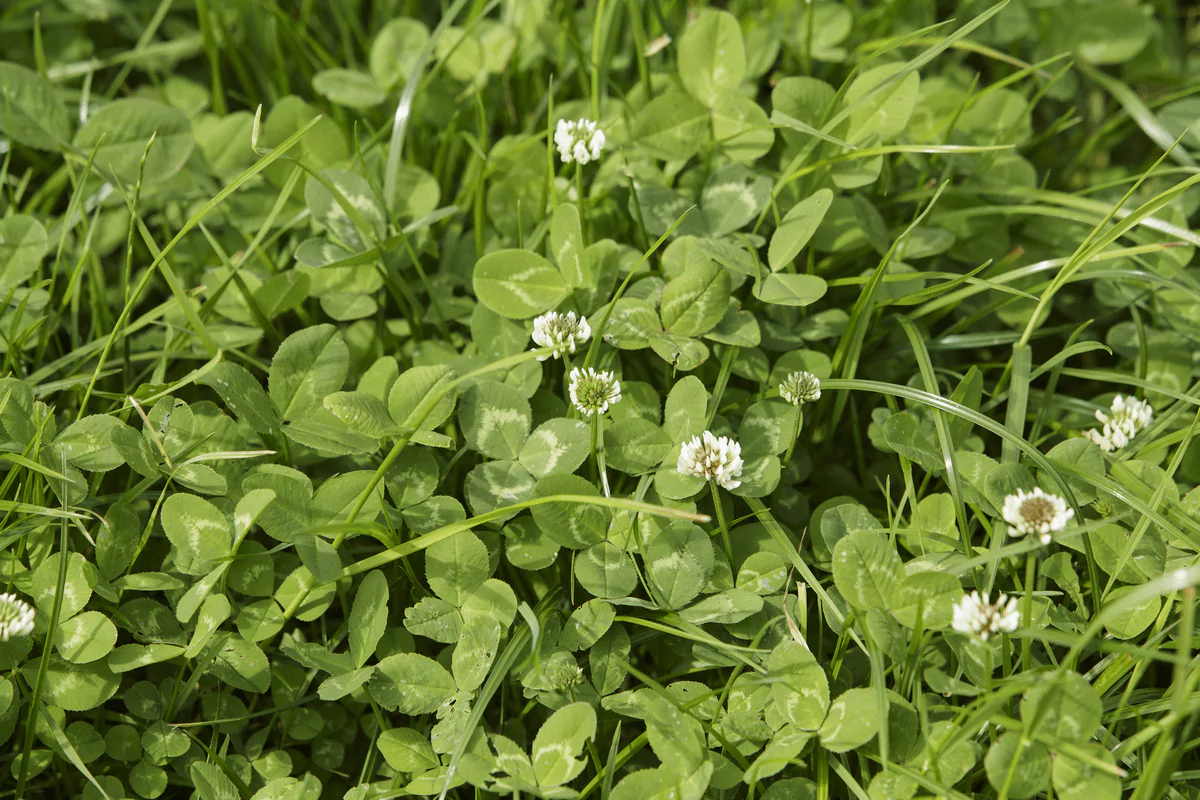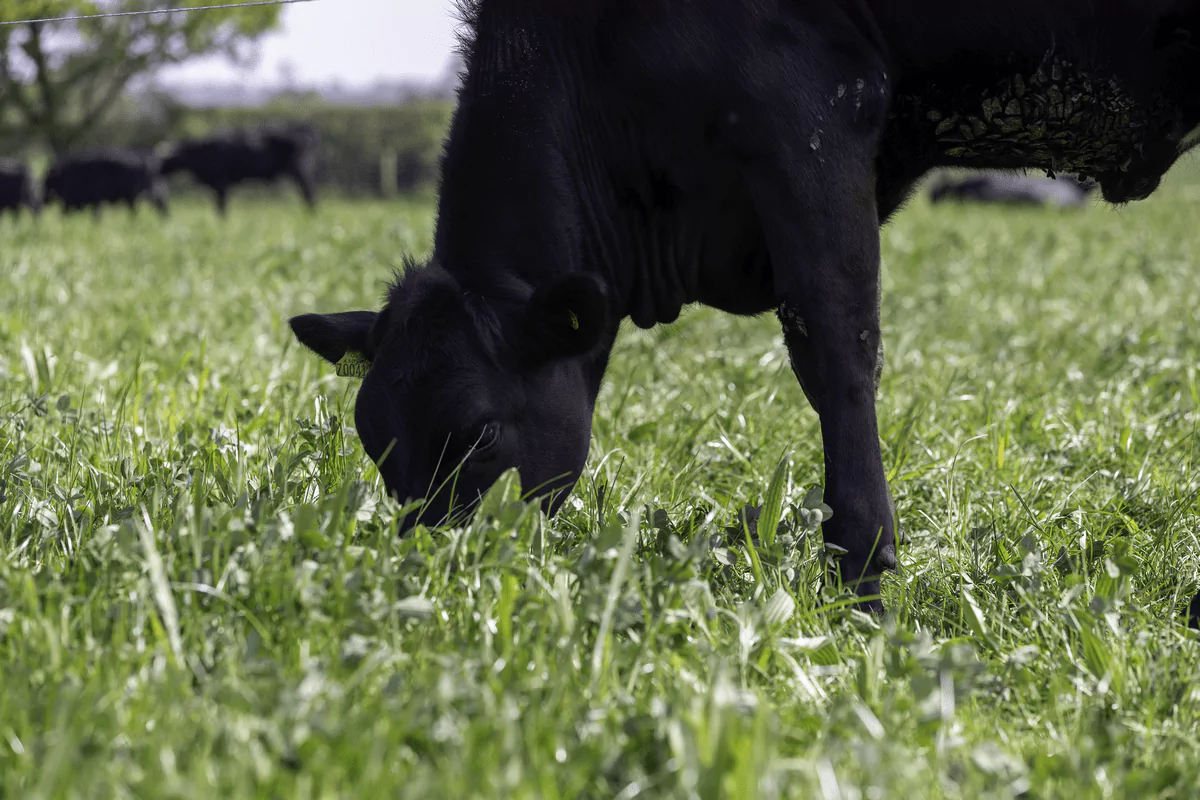Teagasc has revealed a new Marginal Abatement Cost Curve (MACC) in 2023, complete with measures to help the Irish agricultural industry reduce greenhouse gas emissions (GHG) 25% by 2030.
With different scenarios, pathways and measures all discussed in MACC 2023, grassland expert Dr Mary McEvoy can explain what livestock farmers can reasonably do in response while still ensuring production.
What is a MACC?
First, let's take a closer look at the format. The Marginal Abatement Cost Curve is a graph presenting the impact that can be made by implementing agricultural measures to reduce greenhouse gas emissions.
Alongside mitigation measures and emission reductions, MACC also shows the estimated costs of implementation. The 2023 MACC follows iterations from 2012 and 2018.
What are scenarios?
Teagasc has projected three scenarios forecasting livestock numbers up to 2030:
- Scenario 1: Base case - most likely
- Scenario 2: Lower than the base case
- Scenario 3: Higher than the base case
What are pathways?
Teagasc has projected two pathways with estimated adoption rates for each mitigation measure:
- Pathway 1: Similar adoption rates to MACC 2018
- Pathway 2: Higher adoption rates than MACC 2018
Based on figure two of the MACC 2023 executive summary, it looks like Scenario 1 with an ambitious rate of measure adoption (Pathway 2) can achieve the targeted GHG emissions reduction of 25% by 2030. As for the measures, we believe the following are the most impactful and achievable for livestock farmers.
 Cut back on nitrogen fertilisers in agriculture
Cut back on nitrogen fertilisers in agriculture
Cutting back on the use of nitrogen fertilisers in agriculture is identified by Teagasc as the first focus of nitrous oxide mitigation. To enable this at farm level, the inclusion and management of clover and multi-species mixtures will be essential, in addition to switching to protected urea and using LESS methods.
Up to 150 kg N/ha can be naturally added to the soil via nitrogen fixation when clover is included in grass and multi-species swards. In terms of grassland systems, white clover is best suited to grazing mixtures, while red clover is more effective as silage.
Reduce beef finishing age
Reduced beef finishing age was listed as the top measure for cumulative mitigation from 2021 to 2030 over that time period, assuming Scenario 1 and Pathway 2 are adapted.
Multi-species swards can help, as evidenced by UCD grazing trials in which steers, on average, achieved 80 kg more growth over two years than steers grazed on grass alone.
When comparing daily liveweight gain indoors, Professor Tommy Boland of UCD reported 0.64 kg for perennial ryegrass silage versus 0.89 kg for multi-species silage, representing a 39% increase.
 Setting up for success with multi-species
Setting up for success with multi-species
Germinal Horizon research has found that spring sowing gives multi-species swards the best chance of establishing. Conversely, autumn establishment doesn't lead to sufficient accumulation of thermal time.
Grazing management is essential, with research showing management can have a large impact on species such as chicory. With multi-species swards, avoid grazing in very wet weather, ensure a rotation length of 25 to 28 days and avoid over-grazing.
Climate smart forage solutions
Germinal can provide the climate smart forage solutions required by MACC 2023, including multi-species and clover mixtures. Talk to our grassland experts today for support.


